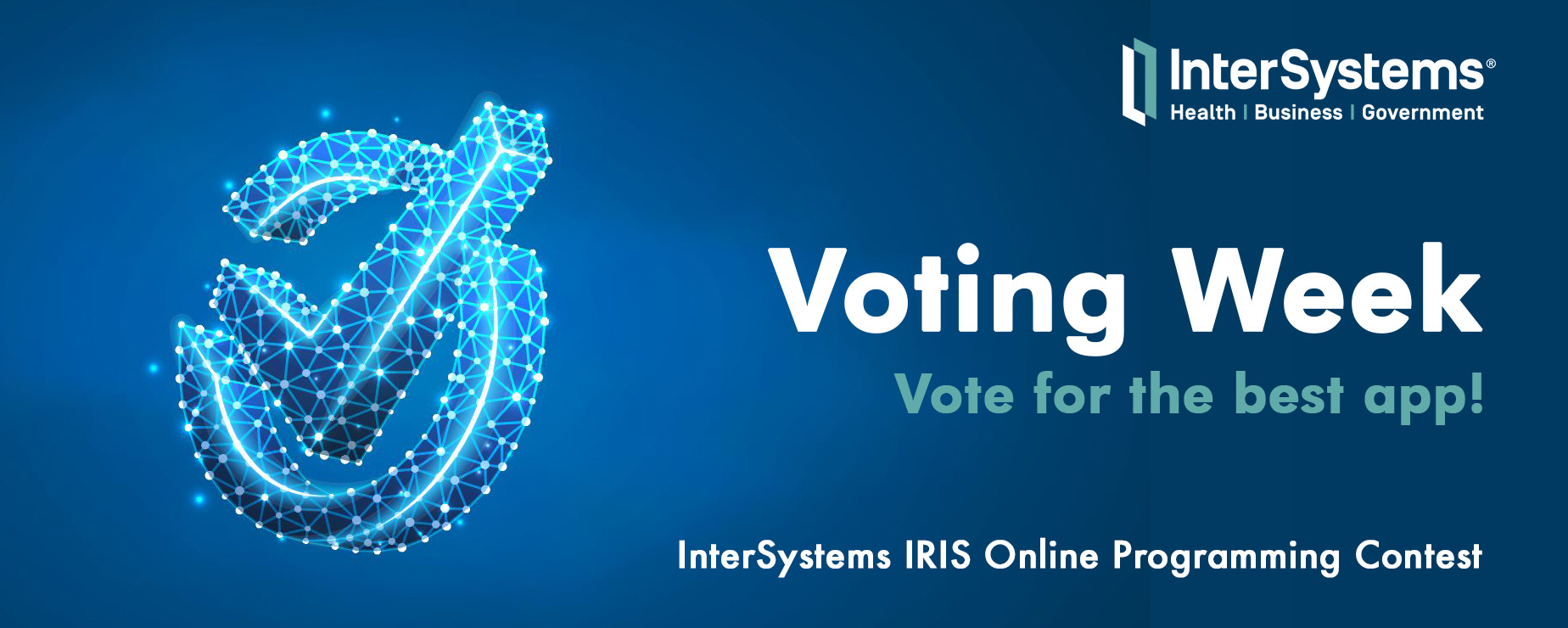Hi Community!
Consider I have InterSystems IRIS server in a cloud and want to introduce a DR server for it.
Are there any requirements for DR server for InterSystems IRIS if it is in a cloud?
Should it be the same subnet? One private cloud?
Can DR server be placed on another cloud, say Primary on Google Cloud and DR on Azure? Are there any caveats/concerns?


.png)






